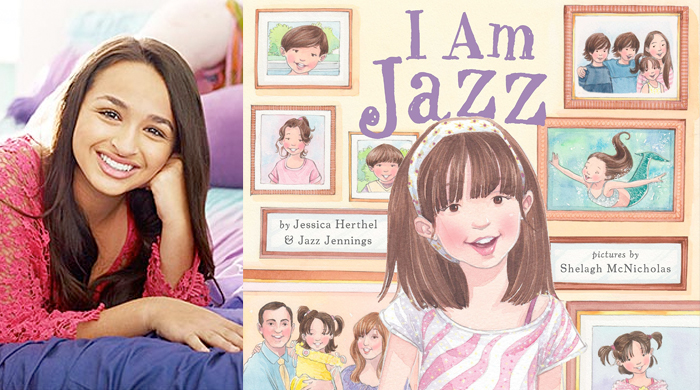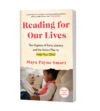“You’re such a good boy,” Jazz Jennings’s mother always said.
“No, Mama. Good GIRL,” returned Jazz, a transgender child who would grow up to write a picture book about her path to girlhood.
Until that book, I Am Jazz, appeared on the Girls of Summer reading list, I had not thought about introducing the transgender experience to my three-year-old daughter. She’s got quite a girl-power library, but this particular narrative of individuality and self-acceptance was not represented. Realizing the omission, I jumped at the chance to read her a book that presented the complexity of gender identity simply enough for a preschooler to understand.
Turns out, it’s still not that simple. I read the book without considering how my daughter might receive its revelations; how it might complicate messages I had sent her about gender. I didn’t anticipate the confusion that the line, “I have a girl brain but a boy body,” would spark for a child whose playroom is conscientiously engineered to defy gender stereotypes. A hammer for every tiara. Blocks before dolls. A counter comment every time she declares blue is for boys.
What is a “girl brain,” to a child raised to reject gender categorization of toys and ambitions? The book talks of pink and princess gowns as signs of Jazz’s inner girl–reinforcing narrow ideas of femininity, even as it spoke to Jazz’s authentic experience. I Am Jazz raised more questions than it answered for my daughter and for me. I didn’t know what to make of it.
I’ve always wanted to share an inclusive roster of books with my daughter to enlarge her heart and her world. What I’m learning now is that the process will expand mine as well. I had picked up the book to prime my daughter to be kind and accepting of a range of human experiences. I put it down craving a greater measure of understanding myself.
So I read Redefining Realness, by Janet Mock, an advocate for trans women’s rights, to gain a more nuanced sense of trans experiences than a picture book could deliver. And, girl, did I get an education. I have not read a more truthful, urgent and brave story. I learned that the line, “I have a girl brain but a boy body,” represents many journeys, all too frequently sharing an undercurrent of shame, terror, and isolation. My daughter is too young to be introduced to those truths, but our discussions of I Am Jazz and other children’s books on similar topics will be informed and enhanced by what I’ve learned.
As a parent, I will never have all of the answers, but I’m convinced that it’s my job to continue seeking them in the pages of good books. On this topic, I Am Jazz and Redefining Realness were great places to start. This was originally published on Book Riot. You can read my Redefining Realness review here.


